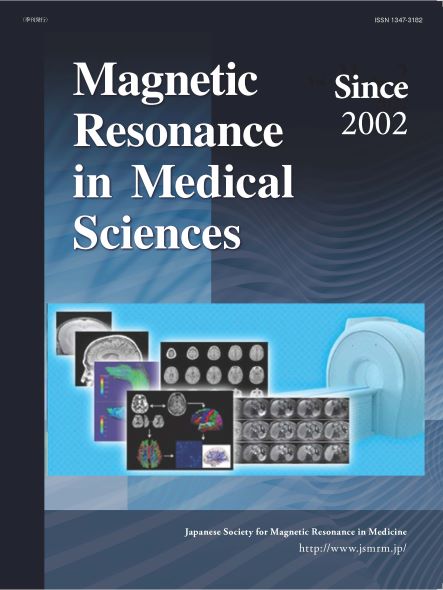Magnetic Resonance in Medical Sciences
Magnetic Resonance in Medical Sciences (MRMS or Magn Reson Med Sci) is an open access journal without
article processing charge. It
pursues the
publication of original articles contributing to the progress of magnetic
resonance in the field of biomedical sciences including technical developments
and clinical applications.
MRMS is an official journal of the
Japanese Society for Magnetic Resonance in Medicine (JSMRM).
Read more
Published by
Japanese Society for Magnetic Resonance in Medicine
1,661 registered articles
(updated on May 21, 2025)
(updated on May 21, 2025)
Online ISSN : 1880-2206
Print ISSN : 1347-3182
ISSN-L : 1347-3182
Print ISSN : 1347-3182
ISSN-L : 1347-3182
2.5
2023 Journal Impact Factor (JIF)
2023 Journal Impact Factor (JIF)
JOURNAL
PEER REVIEWED
OPEN ACCESS
ADVANCE PUBLICATION
DOAJ Scopus Pubmed
DOAJ Scopus Pubmed
